What is difference between full floating axle and semi floating axle?
When talking about cars, have you ever heard of the terms "full floating axle" and "semi-floating axle"? This actually refers to the installation and support method of the axle shaft of the car. The axle shaft is the solid shaft that transmits torque between the differential and the drive wheel. Its inner side is connected to the axle shaft gear through splines, and the outer side is connected to the drive wheel hub through flanges. Because the axle shaft has to withstand a large torque, the strength must be very high. It is generally made of alloy steel . The surface is very hard and wear-resistant, but the inside is very tough and can withstand impact.
When it comes to "full floating axle" and "semi-floating axle", it actually depends on whether the half shaft can withstand bending load after being removed. The full floating half shaft is that the half shaft is only responsible for transmitting torque and does not bear any bending moment. The inner side of this half shaft is connected to the differential half shaft gear, and there is a flange on the outer side, which is fixed to the wheel hub by bolts. The wheel hub is then installed on the bridge through two tapered roller bearings . In this way, all kinds of impacts, vibrations and vehicle weights on the wheel will be transmitted to the wheel hub and finally borne by the bridge housing. The half shaft only transmits the torque from the differential to the wheel to make the car move. Because the two ends of the half shaft only bear torque and no bending moment, it is called "full floating bridge". This kind of full floating half shaft is very convenient to disassemble and assemble, just remove the bolts fixed on the flange of the half shaft . But its structure is relatively complex and the parts are heavy. Most light, medium and heavy trucks , off-road vehicles and buses use this type of half shaft.
The semi-floating axle is a half-axle that has to transmit torque and withstand bending moment. Its inner side is also connected to the differential axle gear through splines, but the outer side is supported on the bridge housing through bearings, and the wheel is fixedly mounted on the cantilever at the outer end of the axle. All kinds of forces and bending moments on the wheel will be directly transmitted to the axle, and then transmitted to the drive axle housing through bearings. In this way, the axle not only drives the wheel to rotate, but also supports all the weight of the car. Because the inner end of the axle only bears torque but not bending moment, while the outer end bears both torque and all bending moments, it is called "semi-floating". This semi-floating axle has a compact structure and light weight, but the axle is complex in force and is not very convenient to disassemble and assemble. After removing the axle, the car cannot be supported on the ground. Therefore, this type of axle is generally only used in small trucks and some light vehicles with small load, small wheel diameter, and rear integral bridge.
The so-called "full floating" and "semi-floating" refer to the installation support type of the automobile half-axle. The so-called full floating half-axle means that the half-axle only bears torque and does not bear any bending moment. The so-called semi-floating half-axle means that the half-axle not only bears torque, but also bears bending moment.
There is no direct connection between the wheel and the bridge housing, but the wheel is supported by the cantilevered outer end of the half-axle. Therefore, all kinds of reaction forces acting on the wheel by the ground must be transmitted to the bridge housing through the cantilevered part of the outer end of the half-axle, so that the outer end of the half-axle not only bears torque, but also bears various reaction forces and the bending moments formed by them. The inner end of the half-axle is connected to the half-axle gear through a spline and does not bear bending moments. Therefore, this support form is called semi-floating half-axle support.
The main difference between a normal rear axle and a full-floating rear axle is the shock absorption method.
The ordinary rear axle uses steel plate shock absorption, while the full-floating rear axle uses spring shock absorption. The full-floating rear axle is an improved version of the ordinary rear axle. It prevents the tire impact force from acting on the half-axle, and the half-axle is only responsible for transmitting torque. The rear axle is the rear drive shaft component of the vehicle power transmission, consisting of two half-axles, which can realize half-axle differential movement.
At the same time, it is also a device used to support the wheels and connect the rear wheels. If it is a front-axle driven vehicle, the rear axle is just a follower axle and only plays a role in bearing. If the front axle is not a driving axle, the rear axle is a driving axle. In this case, in addition to bearing, it also plays the role of driving, deceleration and differential.
For four-wheel drive vehicles, there is generally a transfer case in front of the rear axle. The rear axle can be divided into an integral axle and a half axle. The integral axle is equipped with a non-independent suspension, such as a leaf spring suspension, while the half axle is equipped with an independent suspension, such as a McPherson suspension.
A motorcycle is a two-wheeled or three-wheeled vehicle driven by a gasoline engine and steered by a handlebar. It is light, flexible and fast, and is widely used for patrolling, passenger and cargo transportation, and is also used as a sports equipment. In general, motorcycles can be divided into street bikes, road racing motorcycles, off-road motorcycles, cruisers, touring bikes, scooters, etc.











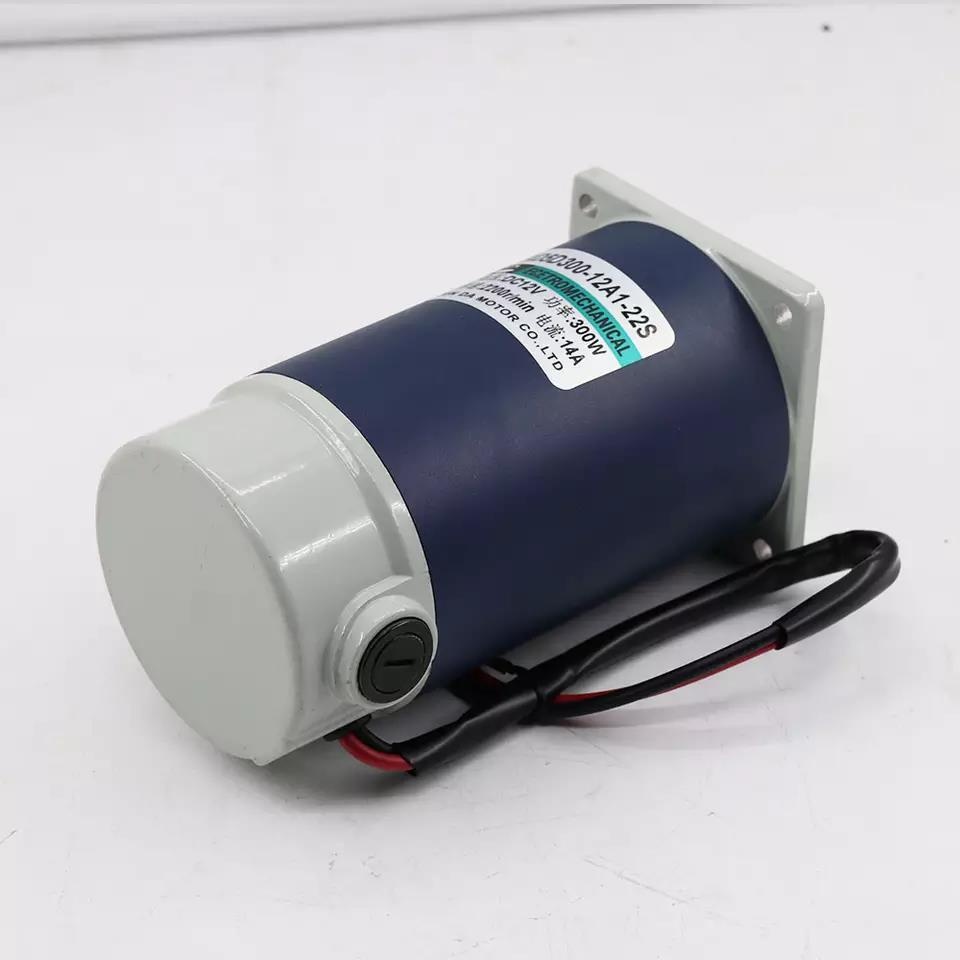


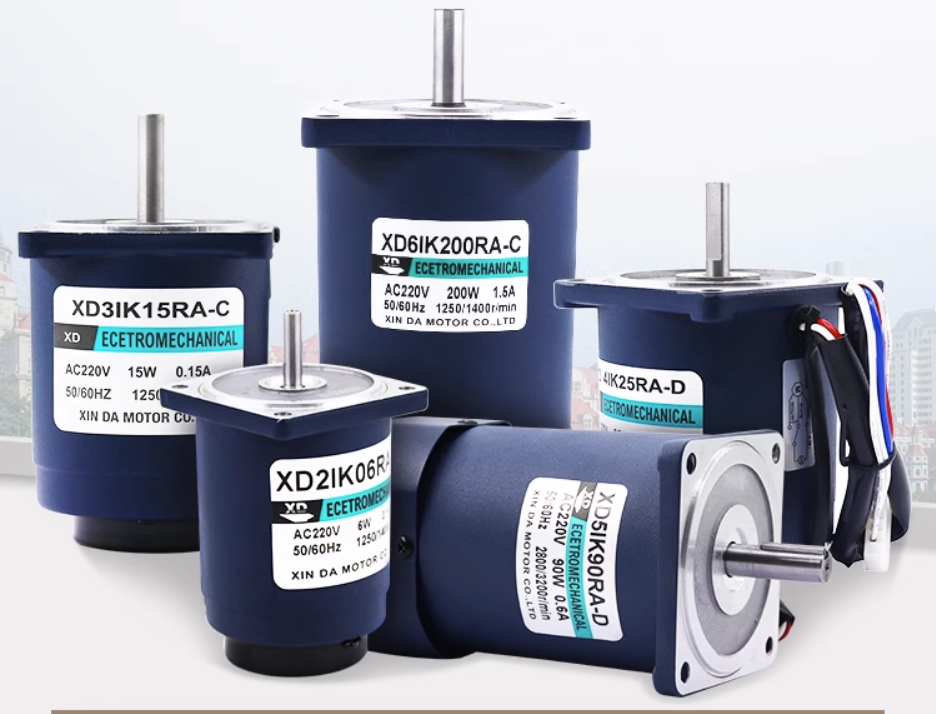



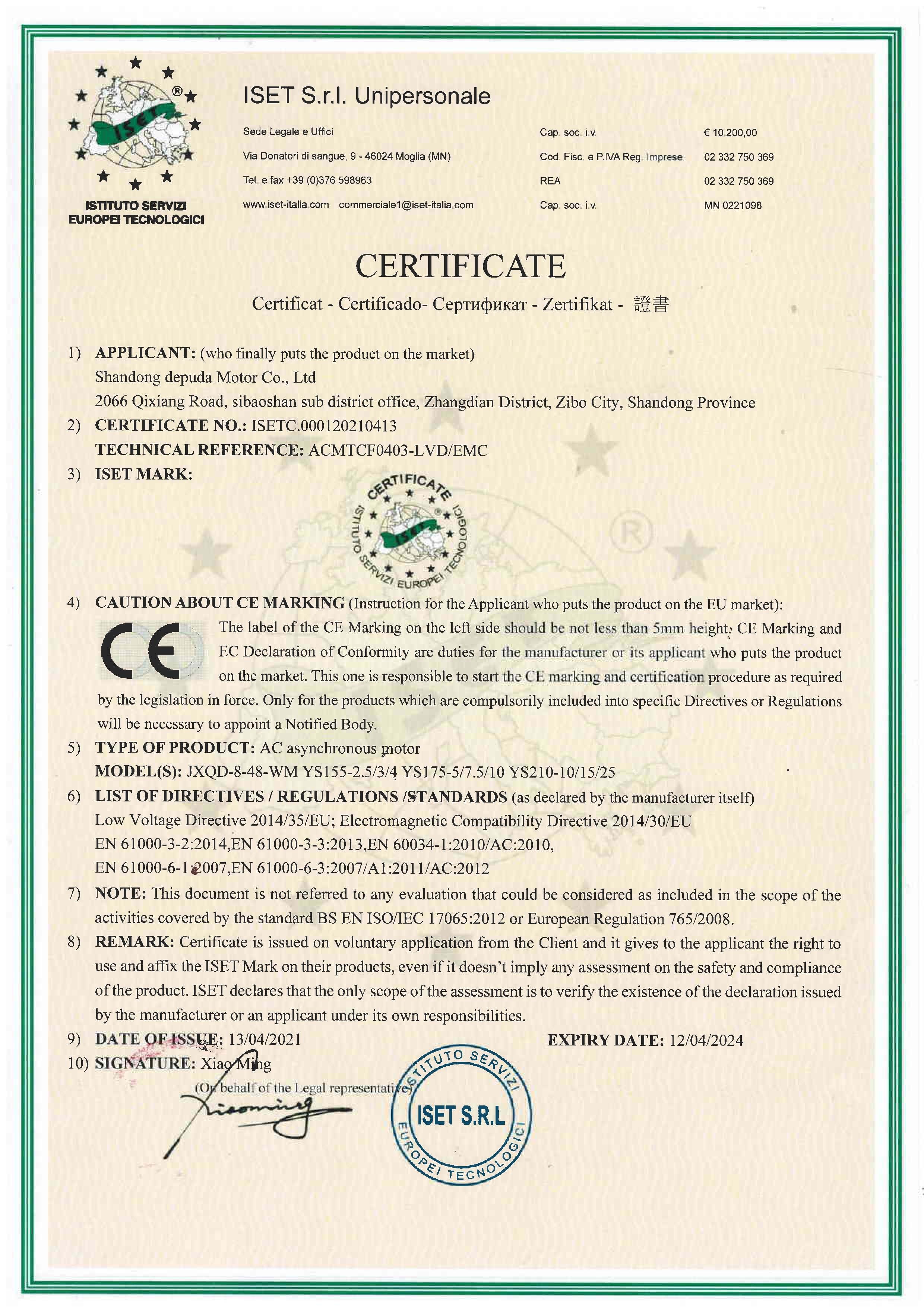
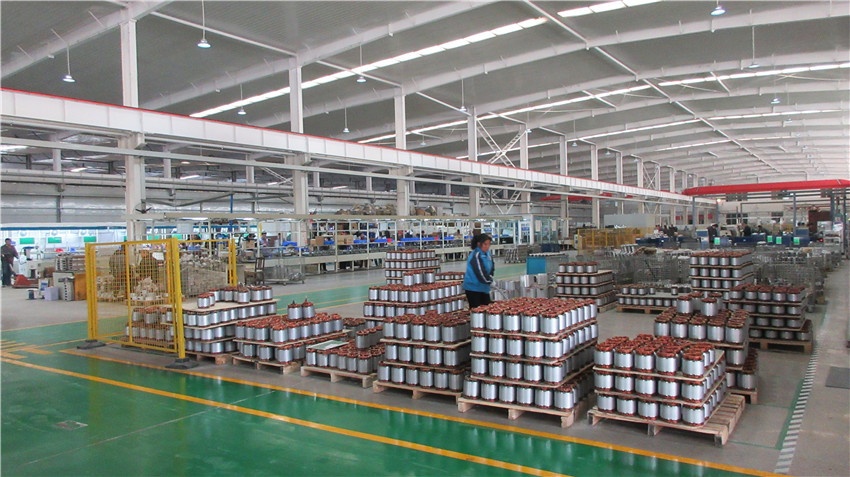
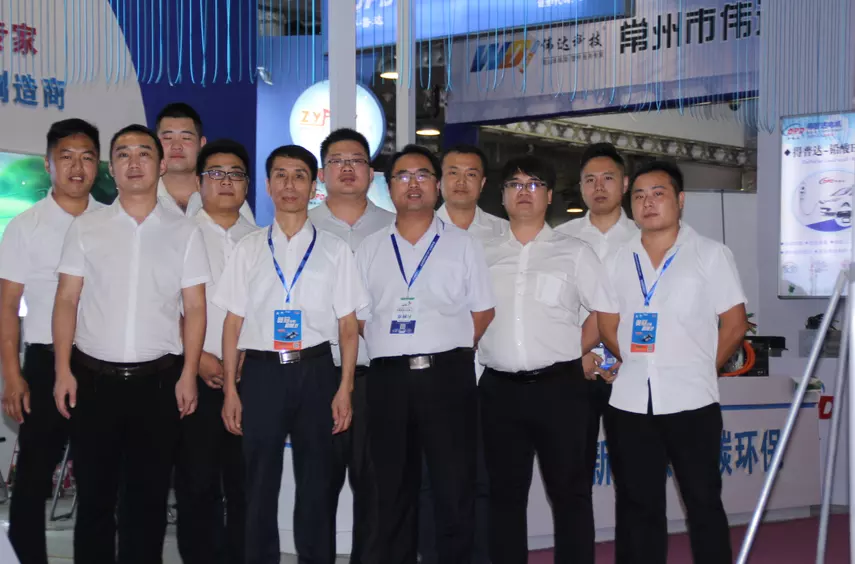


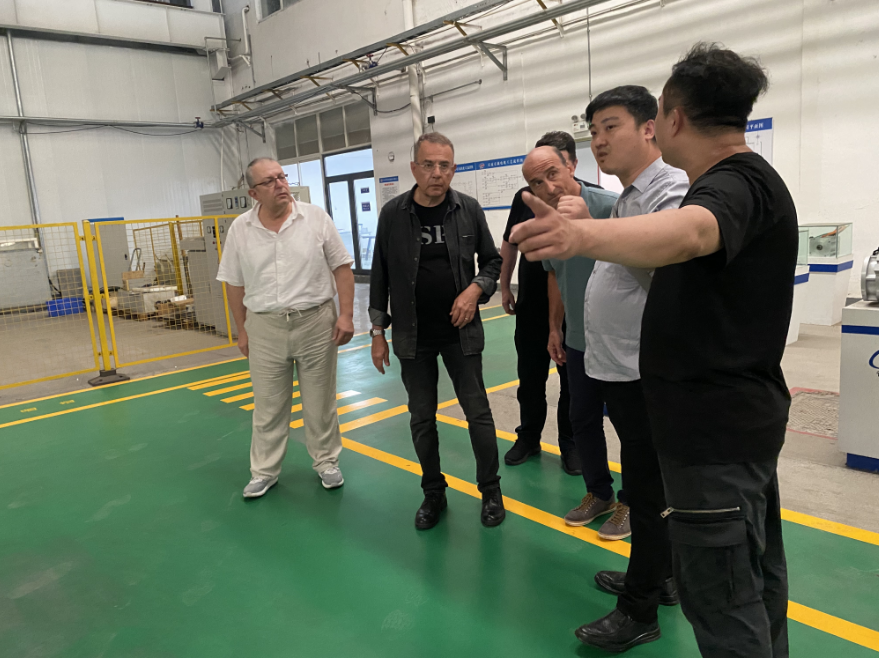
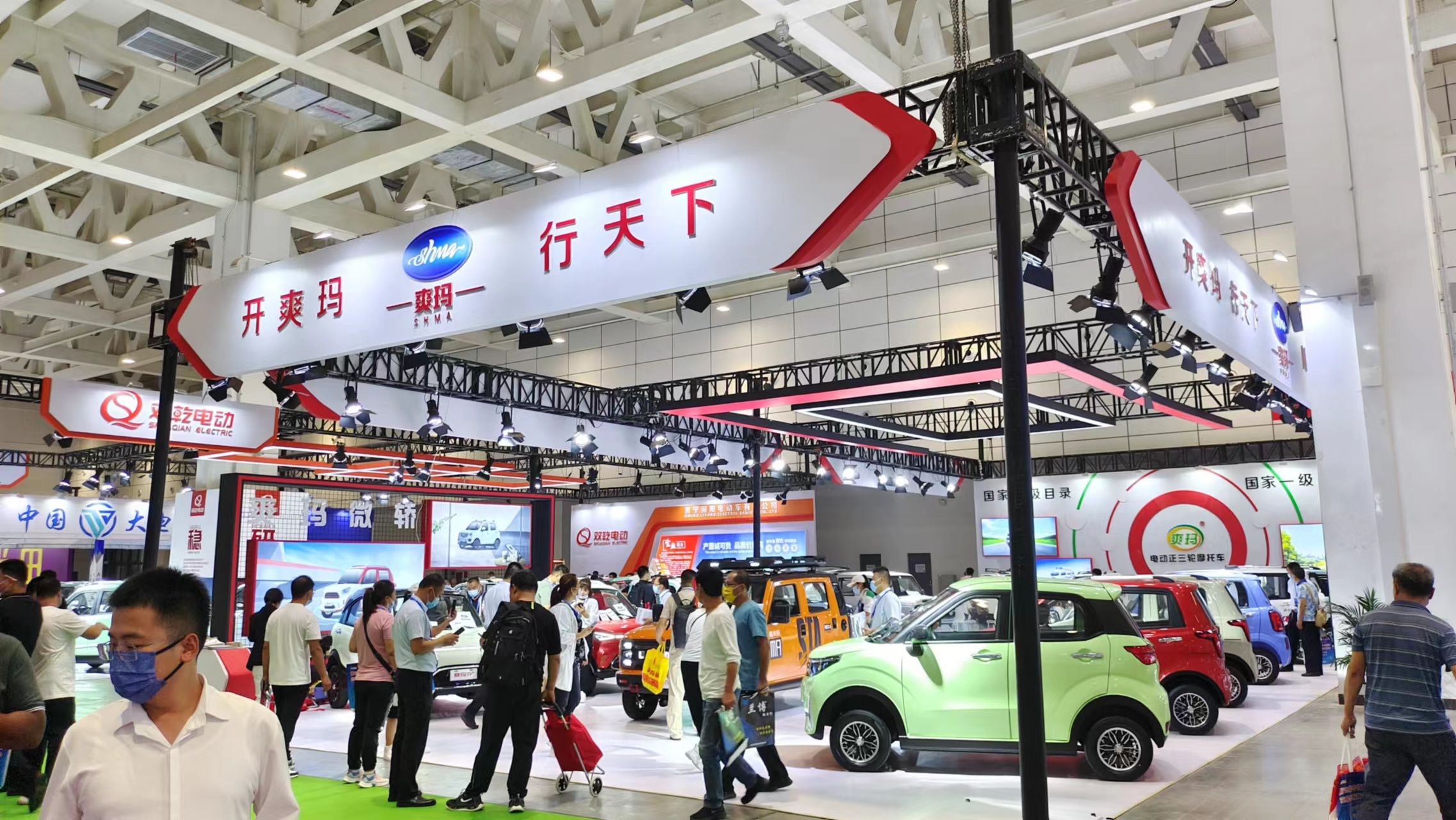


 XINDA
XINDA